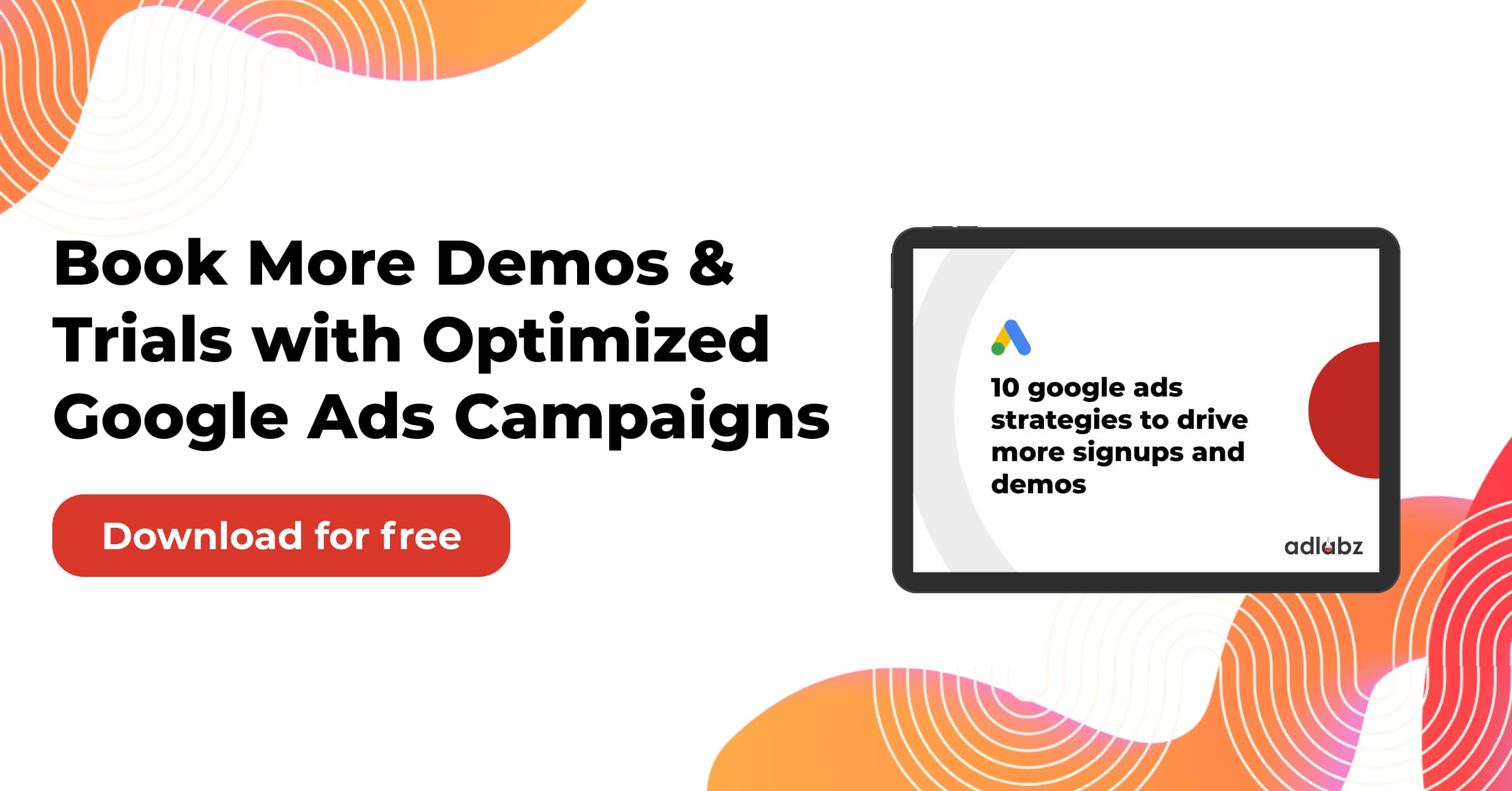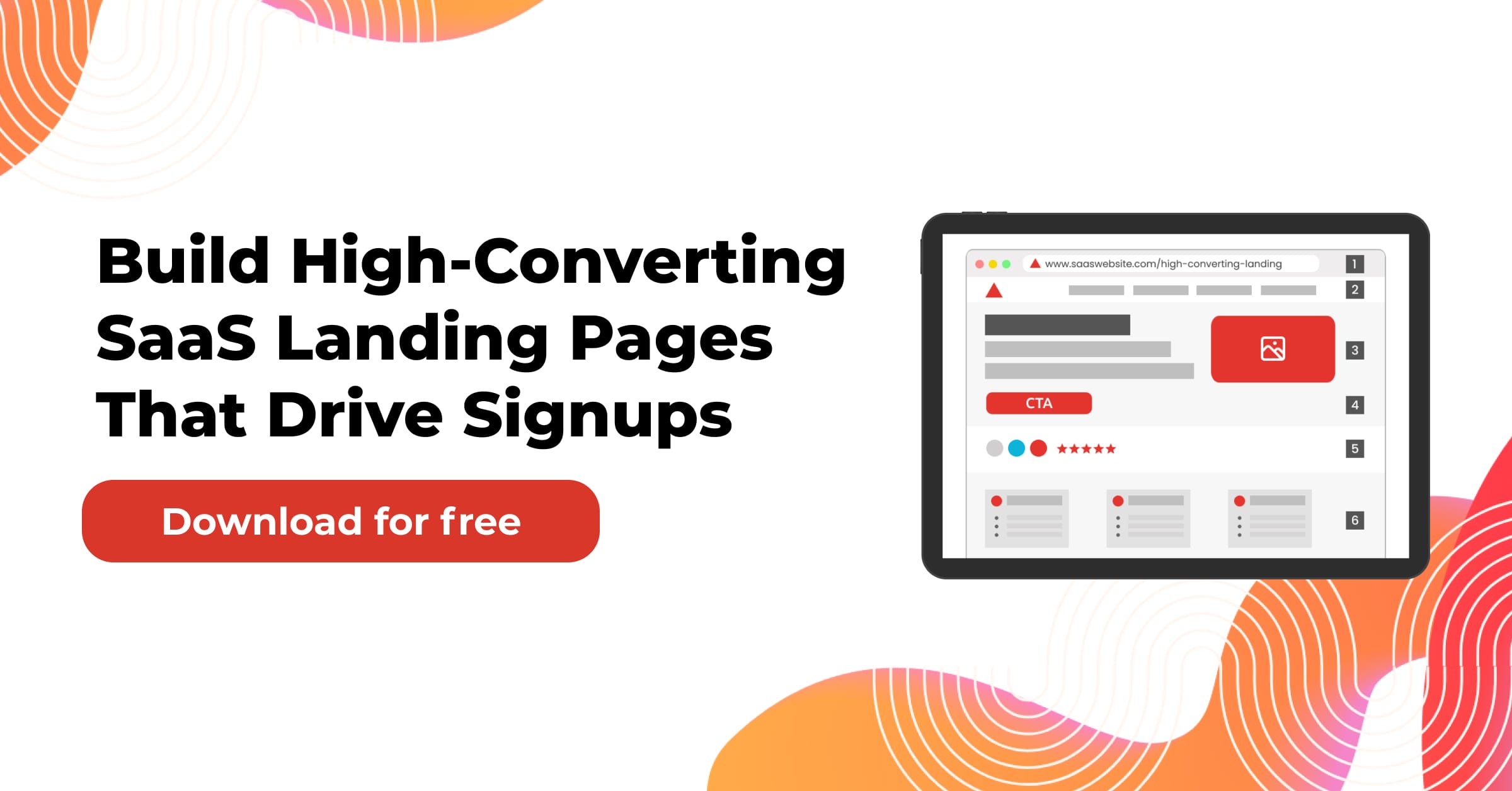When it comes to the world of digital marketing, businesses are constantly put in a position where they have these two powerful tools at their disposal — Google Ads and SEO (Search Engine Optimization). Each of these strategies has its own merit, but combine them together and the magic comes to life. By using Google Ads and SEO together, businesses can create an unstoppable force that helps them improve their online presence gain more traffic make the most of conversions.
This blog will explain how you can maximize Google Ads and SEO to grow your business faster than usual. We’ll discuss the benefits of both and how one pairs with the other, providing real-life examples as we go.
Table of Contents
Google Ads vs. SEO
Before we talk about how the two could work together, let us first look at Google Ads and SEO separately.
Google Ads (Paid Search)
Google Ads is a pay-per-click (PPC) advertising method that allows businesses to advertise their ads in the top of Google search results. How this works in practice: Advertisers bid on the keywords they want to trigger their ads, and when a user searches for those terms—whether by typing the word or speaking it into an app—an ad auction takes place that factors hundreds of key variables into account. This method is called pay- per-click — you are paying for someone to click the ad.
SEO (Organic Search)

Whereas SEO is the process of getting websites and content to rank organically (not through paid ads) in search results. That requires keyword research, on-page optimization, off-site activity link building as well is content development (all great articles). The goal of SEO is to “earn” your site’s visibility in the search results rather than pay for it using platforms like Google AdWords.
So that was the foundation and now let us check out how to amalgamate these into a single highly likely one for collective success.
1. Key Phrase Strategy — Using Google Ad Data for SEO
The data that you get from your ads can also inform your SEO campaigns, which is one of the biggest benefits of running Google Ads with hitting at full throttle on all your other budgetings into natural search. Google Ads can offer insights on individual keyword performance such as the keywords that drive traffic and conversions. It can also allow you to work within your SEO strategy.
Example:
Imagine your bakery campaign in Google Ads does to demonstrate that ‘gluten-free cupcakes’ results in more clicks & conversions than ‘organic cupcakes’. You could apply this insight to tweak your SEO strategy and produce more blog posts + product pages based around the terms gluten-free cupcakes, thereby increasing your organic search performance for that keyword.
How to Do It:
• Search Terms report in Google Ads to see which queries work best
• Add these keywords to your SEO content, like blog posts, product descriptions or landing pages.
• These terms are meta titles, descriptions and headers to be optimized.
2. Boosting Click-Through Rate (CTR) by Blending Google Ads with SEO
CTR is something you should definitely try to increase, not only for better conversions and making more money from your AdWords campaigns but also because Click Through Rate in an important factor when considering SEO. A high CTR generally means more people are clicking on your ad or organic listing, which usually mean higher traffic and potentially conversions. Running Google ads should be done in parallel with improving SEO, and once the result is achieved you will find overall higher click-through rate on both.
Example:
Visualize you run an online travel agency and your organic search listing is buried on the second page of Google for “best vacation spots Bali.” For the same keyword, launching a campaign in Google Ads. This will expand top results as well. The more people users see your ad, the more familiar they get with it and hence when their eyes scroll down into an organic result of yours, chances are high he will click on that.
How to Do It:
• Set‑up ads for Google Ads that will target your SEO keywords rank on page two or three of the search results.
• Create enticing ad copy for your Google Ads.
• Optimize your call-to-action Make sure that the organic listing is also worded in a manners complement user intent and adds to strong CTA
3. Targeting High-Intent Keywords with Ads While Optimizing for Long-Tail Keywords
Google Ads generally should be for high-intent, competitive keywords which are difficult to rank organically. On the other end, SEO is an amazing framework to work with long-tail key phrases that could no longer have as a whole lot site visitors however can power numerous leads over years.
Example:
An e-commerce site that sells fitness gear is likely going to also run Google Ads (search) with high-intent keywords like “buy resistance bands” Many of these terms have a high value but are also very competitive. At the same time, your SEO efforts might focus on long-tail keywords like “best resistance band exercises for beginners” that are a lot less competitive and attract users further up in their buying journey.
How to Do It:
• Allocate your Google Ads budget to acquire top-of-the-funnel keywords that are in good intention and you expect them to turn into conversions quickly.
• Optimize your blog posts, product pages and resource sections for long-tail keywords to work on generating organic traffic over the months.
• Monitor the rankings of your long-tail keywords and update your content to stay competitive.
4. Google Ads: Immediate Clicks on Website Brand Building and Awareness-SEO (Longer Term)

That said getting a website to rank higher takes work and SEO is definitely not something that happens overnight, but once your site does start ranking well search traffic can be one of the cost effective ways on how to drive visitors. This can, however, take months until it reaches the top. Google Ads, however, offers instant visibility and can support your SEO push during this slow-build phase.
Example:
For instance, if you are new skincare brand launching in India and targeting “natural skincare products” through your SEO efforts may take months to rank for. In the meantime, run Google Ads campaigns for that keyword to get your brand featured in search results while you work on growing organically.
How to Do It:
• This should be either ‘Run Google Ads campaign targeting top keywords newly seeking to rank.
•Develop complementary awareness campaigns with Google Ads that reflect your SEO content (e.g., blogs, landing pages).
• Use the Google Ads traffic in short term to try different messaging and then optimize your content for SEO (based on performance data).
5. How to Synchronize Your Ad Copy with SEO Content for the Greatest Effect
Marketing is a long-term game and you need to keep at it. Matching your Google Ads copy with SEO content will create an end-to-end experience for your audience. Not only does this build trust, it also helps brand recognition.
Example:
Because of this, a SaaS company that advertises Google Ads for its time-tracking tool could write an ad with body copy of — “The simplest time tracker for remote teams. However, your SEO blog post of “5 Best Time Tracking Tools for Remote Workers” should have a side-by-side comparison and naturally position your solution as the best. That ensures that whatever the user clicked (ad or organic post), they will consistently receive your message.
How to Do It:
• Make sure your Google Ads copy matches to your content of on-site SEO that includes blog posts and product pages.
• Match the keywords and messaging you use in your paid ads to those used in organic content.
• Run multiple ad copies and use the best performing messages to power your SEO content.
6. Remarketing to Organic Visitors Using Google Ads

Retargeting furniture online is a lifetime hacking method, that will let you target your site visitors again and again. After organic visitors come to your site, and if a user did not convert the 1st time you can target them using remarketing campaigns through Google Ads which this works fantastic along side SEO efforts.
Example:
For example: If you are a SAAS startup and allow for free trials, create a remarketing campaign in AdWords that targets users who visited your product page via organic search but did not convert. You could use a display campaign showing them ads of the free trial as they browse other websites.
How to Do It:
• Established a Google Ads remarketing travel to your site visitors who bounced or did not convert (e.g., sign-up; purchase).
• Engaging ads with a clear call-to-action of inviting them to come back on your site.
• Monitor how well your remarketing campaign is working, and make changes as needed.
7. Measuring Success: Tracking SEO and Google Ads Together
To maximize the impact of combining Google Ads and SEO, it’s important to track the performance of both strategies simultaneously. Google Analytics can provide insights into both paid and organic traffic, helping you identify which combination drives the most conversions.
Example:
A local plumbing service might notice that their paid traffic from Google Ads spikes on weekends, while their organic traffic remains steady throughout the week. By tracking both together, they can optimize their Google Ads budget and SEO content to target the times and days when customers are most likely to search for plumbing services.
How to Do It:
• Use Google Analytics to create separate views for paid and organic traffic.
• Track metrics like conversions, bounce rate, and session duration for both traffic sources.
• Adjust your Google Ads spend and SEO content based on performance data.
Conclusion:
The main takeaway we can garner here is that the combination of Google Ads and SEO together.
Google Ads and SEO are both powerful marketing tools on their own, but utilizing them together creates a bomb-ass synergy that can help you increase your online visibility, attract the right traffic to your website in droves & skyrocket conversions as well. When you combine the fast results of Google Ads with long term growth using SEO, your digital marketing strategy will have high reach.
Implementing this strategies will surely take your business to the next level, it does’nt matter if you re just starting or been in the game for long.





